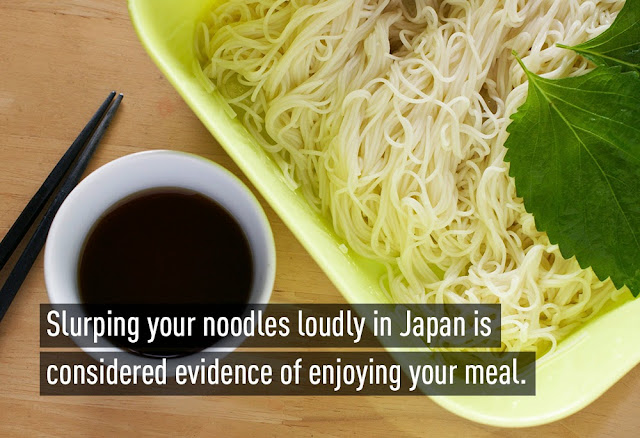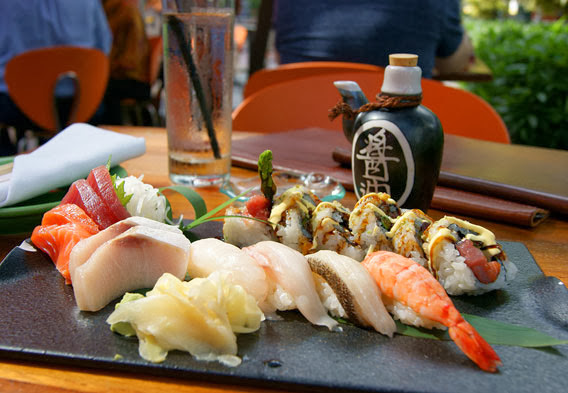Japan is located in the east of Asia. Its country is made up of many islands. Since the sun rises in the east, Japan is often called "The Land of The Rising Sun". The Japanese refers to their country as "Nippon" or "Nihon" which means "source of the sun". The Japanese flag represents a red sun on a white background.
The capital of Japan is Tokyo. In fact, it is one of the largest cities in the world. It is modern, very busy, and extremely crowded. Today, Japan is a modernized country. They have factories, televisions, radios, cameras, and other familiar objects.
The island nation of Japan lies off the east coast of the Asian continent. Located in the Pacific Ocean, it borders China, North Korea, South Korea, Russia, Taiwan, the Sea of Japan, the Sea of Okhotsk, and the East China Sea.
It consists of five major island; Hokkaido, Honshu, Shikoku, Kyushu and Okinawa, Honshu being the largest. In addition, there are more than 6800 other islands of many different sizes, most of which are mountainous and many are volcanic.
The total land area of Japan is about 378000km², which is about the same size as Germany, Finland or Vietnam.
.
.
Language:
Japanese is the national language of Japan.There are a number of different writing system used in Japanese.These include hiragana, Katakana , kanji and Roman letters.
Kanji or Chinese characters were introduced in the 1st century.Hiragana and Katakana were developed from them by the 10th century.
.
.
Religion:
The two major religions in Japan are “Shinto” and Buddhism. “Shinto” is a folk religion of Japan.
Since Buddhism was brought into Japan in the 6th century, the two religions have influenced one another and existed together in the everyday life of the Japanese. This is called the "syncretization of Shinto with Buddhism".
Most Japanese experience both Shinto and Buddhist rituals and ceremonies in their life. For example, the same person would go to a wedding at a Shinto shrine and hold a funeral at a Buddhist temple.
It is also very common to have both Shinto and Buddhist alters in a house. It is often said that Japanese tolerant attitudes towards religions were formed by the polytheistic nature of Shinto.
There are also several religious minorities including Christianity, Hinduism, Islam, and Sikhism. Freedom of religion is guaranteed to all by the constitution.
















































